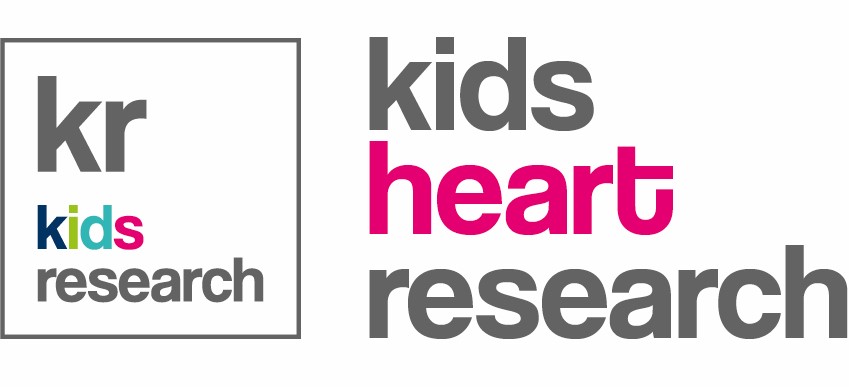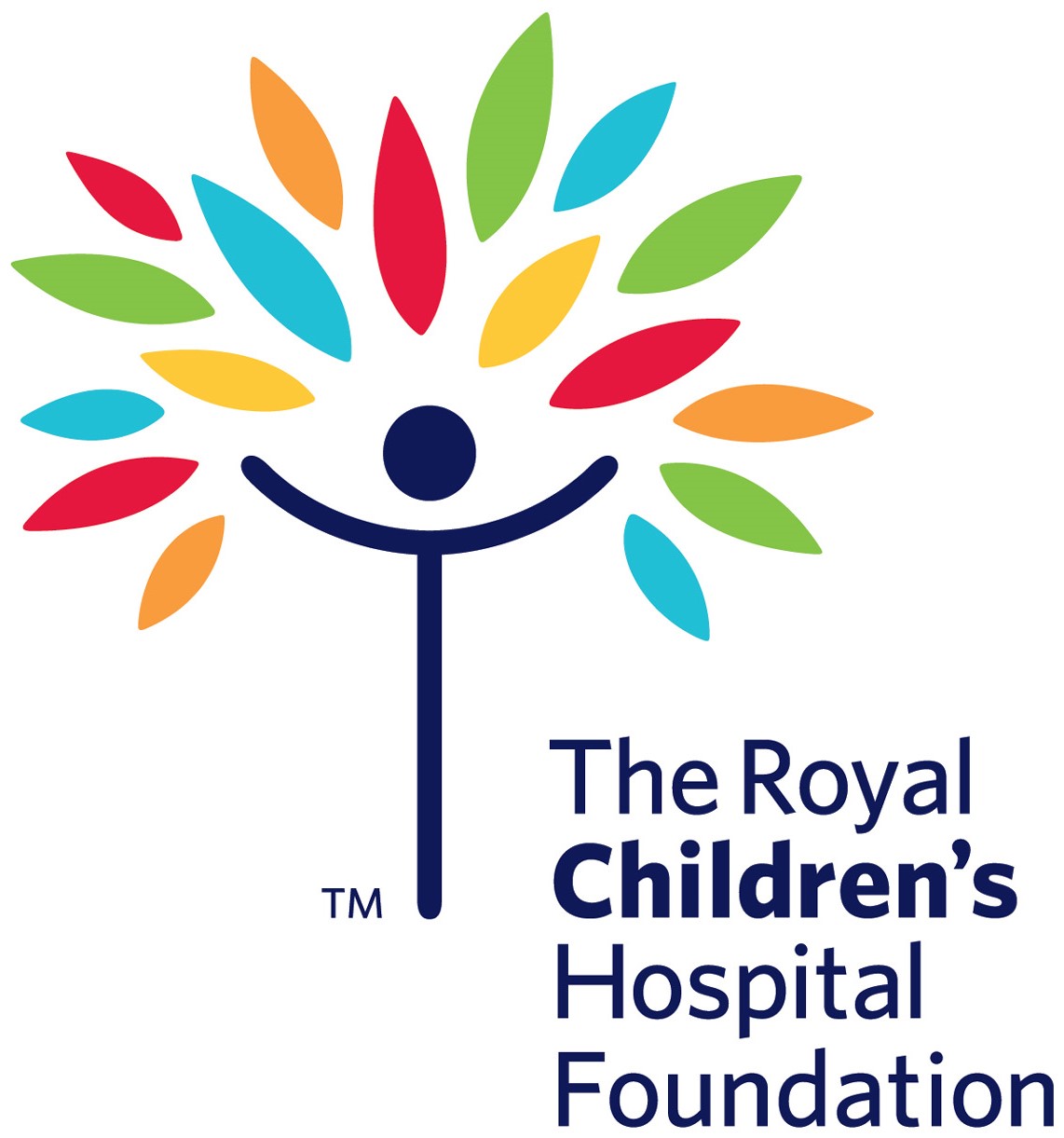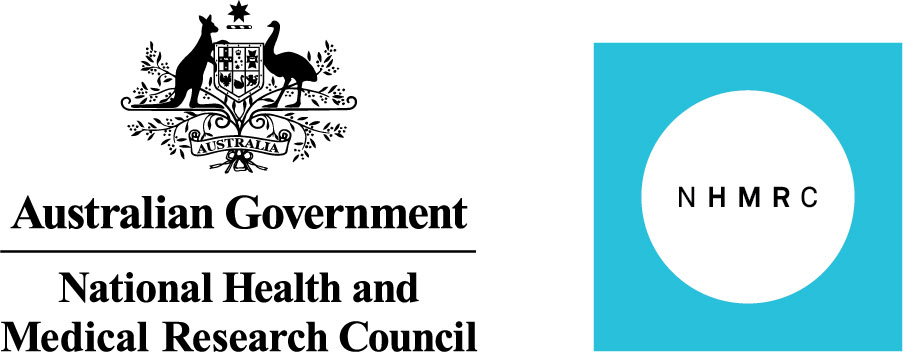Fontan surgery
Diagnosis
These are the conditions that most frequently require a Fontan Circulation:
- Tricuspid atresia
- Hypoplastic left heart syndrome
- Unbalanced atrio-ventricular septal (canal) defect
- Double outlet right ventricle
- Double inlet left ventricle
- Pulmonary atresia with intact ventricular septum
What is a Fontan procedure?
During the Fontan procedure, surgeons divert blood returning from the bottom half of the body (via the inferior vena cava) directly to the lungs (pulmonary artery). The blood gets to the lungs without passing through a pumping chamber of the heart. In the past, part of the collecting chamber of the heart was used. Nowadays a tube of GoreTex is usually inserted between the vein and the pulmonary artery.
After the Fontan procedure, the circulation is quite different from normal. Firstly, the veins of the lower half of the body need a higher pressure to push blood through the lungs. Secondly, the process of breathing becomes very important to help suck blood into the lungs from the lower half of the body. Thirdly, the muscles of the legs have a greater role acting as a “pump” to push blood back up into the chest.
In the years after the Fontan procedure, children need to exercise regularly and maintain physical fitness. This is because the Fontan circulation “works better” if the muscles of breathing and the leg muscles are strong and well-conditioned. Over the long-term, as individuals with a Fontan procedure reach adulthood, the high venous pressures may cause scarring in the liver and kidneys so monitoring of these organs is essential.
Who needs a Fontan procedure?
There are many different kinds of congenital heart disease. They range from mild abnormalities which never require surgery, to complex conditions which may require multiple operations to treat. The normal circulation has two sides – left and right – each with a pumping chamber (ventricle) and a collecting chamber (atrium). The left side pumps oxygenated (red) blood to the body and the right side pumps deoxygenated (blue) blood to the lungs. Blood passes through the heart twice as it circulates between the body and the lungs, but the blue and red blood are usually separated and don’t mix.
Babies born with the most severe forms of congenital heart disease have a single functioning pumping chamber. One side of the heart may not have formed properly, or the two sides formed in a way that means they can’t be separated surgically. To help children with this kind of heart disease grow into adults, a series of operations are required, divided into “stages.” The last of these stages is called the Fontan procedure. After the Fontan procedure blood flows to the body and the lungs in a different way which is called the Fontan Circulation.
Stages
The journey for each child with single ventricle congenital heart disease is slightly different. In general, this journey is divided into three stages:
During stage one, soon after birth, surgery may be required to relieve obstruction of blood flow to the body, or to make sure that the correct amount of blood is flowing to the lungs. For example, babies born with hypoplastic left heart syndrome require surgery on the aorta to correct narrowing there. During the same operation, a “shunt” is placed so that blood can flow to the lungs. In other conditions where the aorta is normal but there is too much blood flowing to the lungs, a band may be placed on the pulmonary artery so that the lungs are protected. These are just two of many potential examples. Stage one is the riskiest, and babies are closely followed or remain in the hospital between stage one and two.
Stage two consists of a “Bidirectional Glenn Shunt” and is performed between 3 and 6 months of age. During this procedure, the main vein draining the top half of the body (superior vena cava) is connected to the artery of the lungs (pulmonary artery). Blood returning from the top half of the body flows directly to the lungs without passing through the heart. This is half of a Fontan circulation. After this procedure, the circulation is much more stable. Children can grow until they are large enough to have the Fontan procedure, or stage three, which is explained in the next section.
A few tests are usually performed before the Fontan procedure to check that everything is growing and developing normally. Sometimes additional procedures may be recommended before the Fontan procedure.








